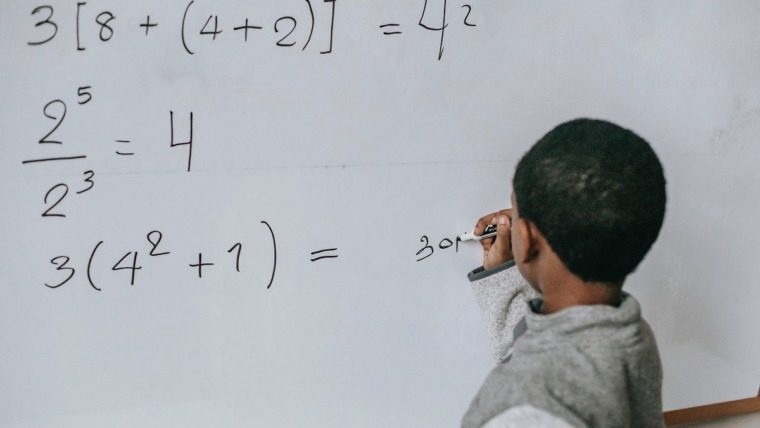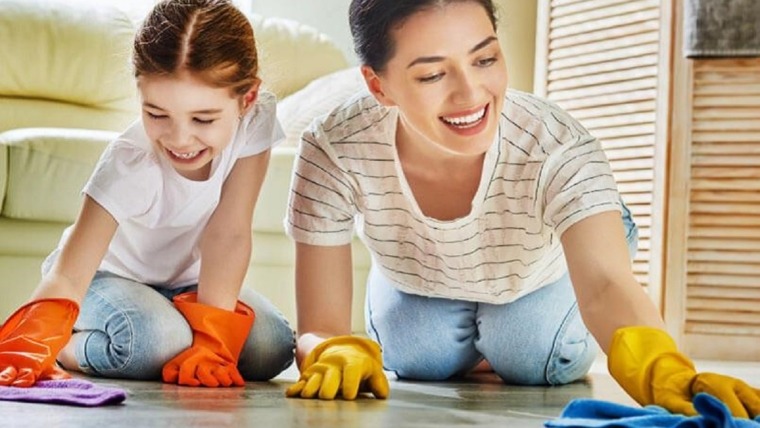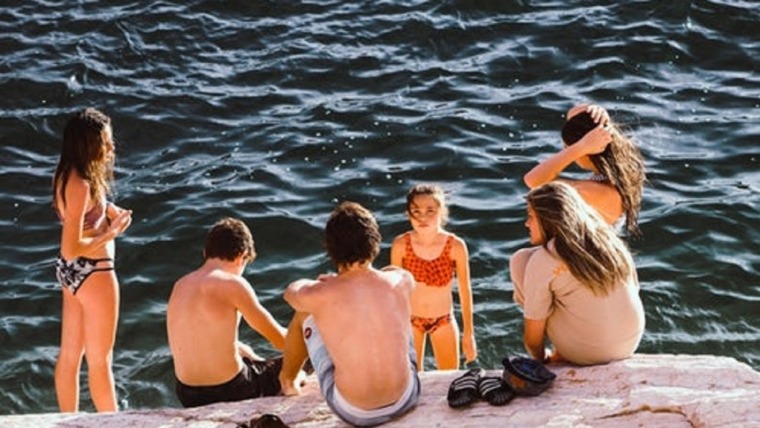
To Boost Self-Esteem
Written by Clint Bauer
According to Albert Einstein “Play is the highest form of research” and he isn’t wrong, but I also believe that play is an extremely useful tool when it comes to boosting children’s self-confidence and self-esteem, which will better equip them to handle challenging situations in the future such as peer pressure and bullying.
The term “play” can mean different things to different people which is ok because play is a truly multifaceted activity. For today’s article I would like to focus on a form of play that is not often spoken about: adult-lead play with children.
The power that playing with children (and I don’t mean playing with them on Xbox, Playstation or just watching them play at the park) is quite remarkable. It’s a great opportunity to connect, build rapport with and teach them many different important physical and emotional skills, as well as boost their self-esteem and confidence. It truly is positive for both mind and body for the child. These benefits can be best achieved by including a mix of play and games that allows them to experience both success and failure, leaning towards one or the other depending on the individuals needs at the time (i.e. a child who has low self-esteem and confidence will be better suited to a level of play that will allow them to achieve success and to feel capable and good about themself. Whereas when a child is a little too confident and strives maybe too hard to always win, they may benefit from experiencing losing).

Some of my favorite games to encourage these benefits include:
Rough-housing: General rough-housing is one of the most undervalued activities when it comes to free play. It allows the child the opportunity to explore their own strengths in a controlled manner as well as teaching them some empathy and understanding of how it feels to have someone to be a little rough with them so they can better appreciate their own strength towards others. Rough play can be as simple as wrestling, play fighting, pushing and pulling. When an adult rough-houses with a child they too need to be mindful of their own strength and match it to the abilities of the child as to try not to injure them but without going ‘too easy’; sometimes winning over the child, sometimes letting the child win.
Climbing trees: This is a great way for children to develop their self-awareness, build their confidence and improve their problem solving abilities. The key for adults to do this with a child is to remember not to tell them how to climb, but lead by example and let them work out their own paths.
A child who doesn’t usually climb trees and get involved in this type of activity may feel more comfortable giving it a go when they see an adult doing it. Very rarely do adults climb trees (sadly) so this something a child would view as something they want to mimic.
(Tip: always maintain 3 points of contact for safety)
Balancing: Balancing can be done just about anywhere. You can balance on rocks, logs on the ground, tree branches, park benches or railings. For kids who are new to balancing it’s a good idea to start the practice by balancing on one leg on the ground, then swapping over, to gain foundation strength and stability before making it harder.
Balance is a great way for children to work on their spatial awareness and confidence, it’s also a great mindfulness activity.
Adults can balance as well (again, start with the basics if new to this activity) or assist the child by being there to steady them if they need it but mostly encouraging them to do it themselves and to keep trying. The key with balancing is to choose a spot further out in front of you and focus on it, not look down at where the foot is next stepping to, and being barefoot is better for grip and connection).
Bull in the Ring: This is another form of rough-housing but put into a game. The idea of this game is to draw a big circle on the sand (or mark a circle out on grass) and trying to push or pull each other out of the circle. This can be played with just two people, or a small group, whoever is the last one in the ring is the winner. The more children playing this the better!
This is a great game to play to improve awareness, confidence, strength, stamina, teamwork and empathy (understanding how it feels to push people out and be pushed out).
I talk a lot about outdoor activities, but what about indoor play?
Indoor play is ok, but outdoor play is far superior. When playing outdoors both the adult and the child are exposed to various weather conditions and environments (natural and human-made). The main advantage of this is building resilience; being able to handle adverse conditions and becoming comfortable with being uncomfortable.
It also allows children the opportunity to thrive in less than ideal situations, can help build empathy and care for the environment and the animals that live in it, as well as relieving stress for both children and adults. Modern life is full of synthetic and comfortable conveniences and time spent mostly indoors, humans need more ‘less comfy’ outdoor exposure in order to adapt, grow and thrive.
There is no denying the many benefits of play for both children and adults, so now is a good time to put down your tech device and go play!
Power of Play Power of Play Power of Play



